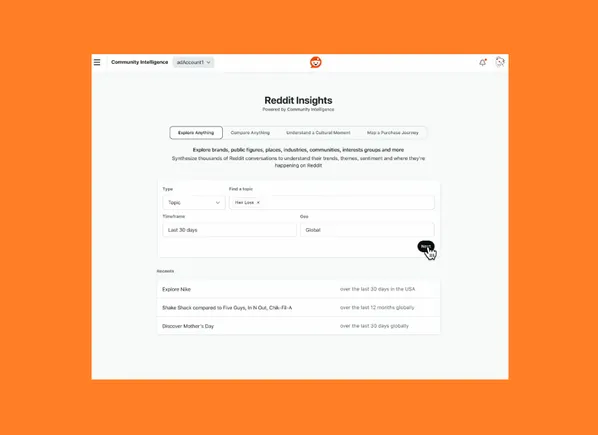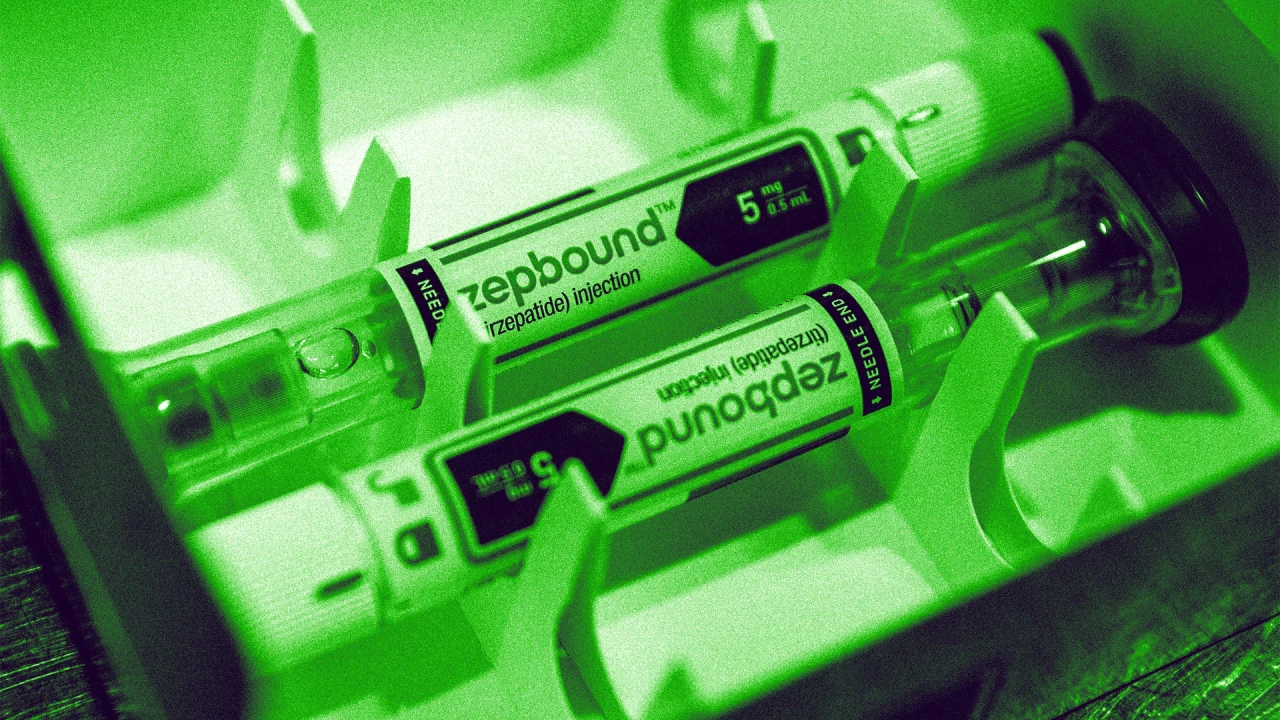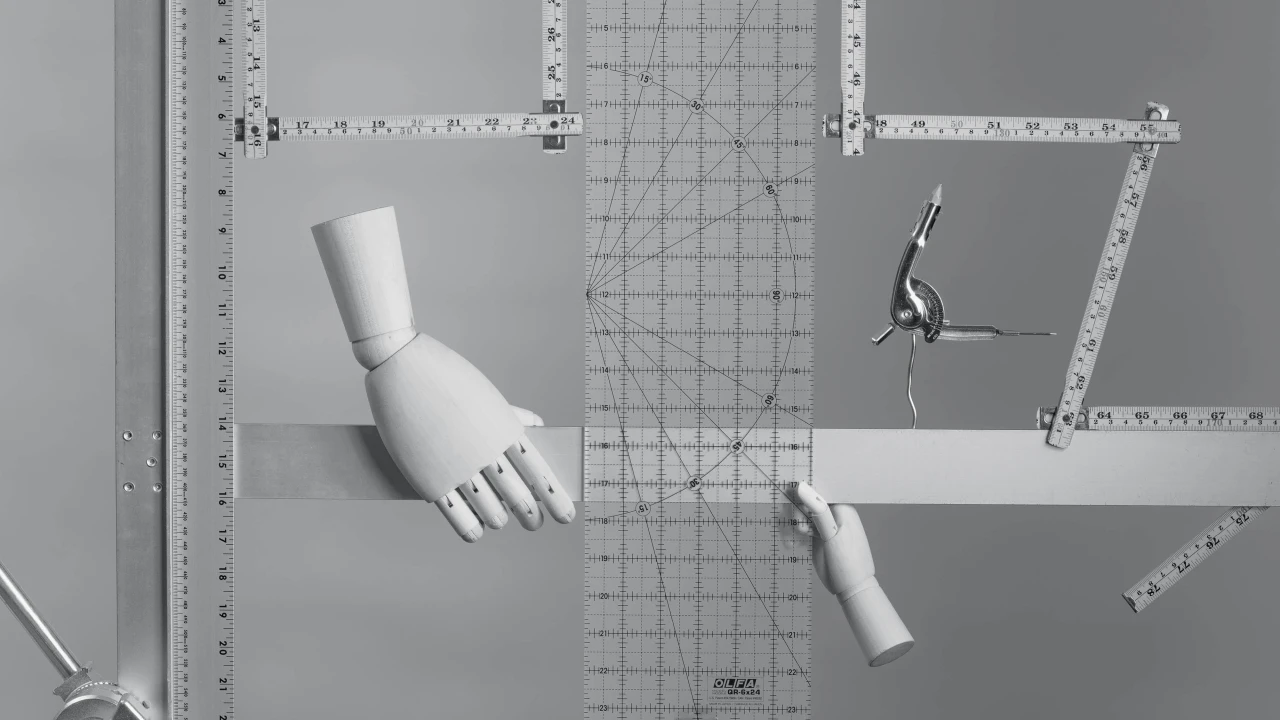I tried setting up my first lawnbot and the experience nearly broke me – these are the mistakes I made that you need to avoid
BRB, off to throw my robot mower in the neighbor's pond.
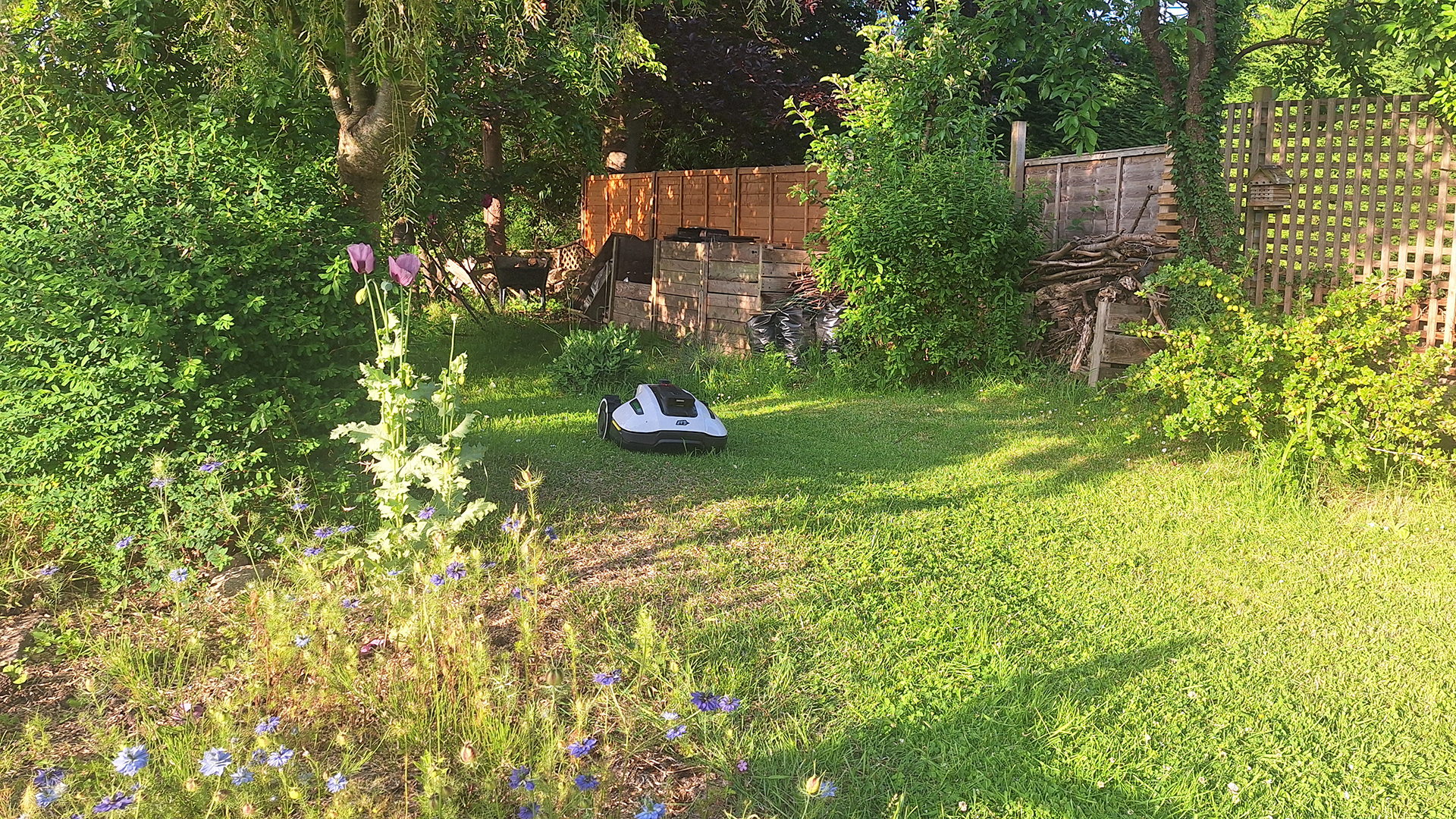
I'm currently in the middle of testing my first robotic lawn mower, and I'm a shell of the home tech reviewer I used to be. It has been, to put it politely, a humbling journey, and I'm not even at the end of it yet.
When I was offered my first lawnbot, I assumed it'd be roughly a similar experience to testing today's best robot vacuums. I've been reviewing those for around a year now, and for the most part, getting them set up has been a doddle: plug in your dock, spend five minutes on a 'quick mapping' run, and you're done. There are things you can do to personalize the setup and improve performance, but they're not essential. You don't need to be a tech whizz to manage it.
The demands robot mowers and robot vacuums are similar: both have to navigate logically over an area, covering all the ground and avoiding obstacles, and then find their way back to their charge dock. However, it turns out a lawnbot is not just an outdoor robovac with some added razor blades; the big, crucial difference is in the navigation process. Broadly, the majority of robot vacuums navigate using LiDAR, whereas robot lawn mowers rely on satellites.
The model I'm reviewing is a Mammotion Yuka Mini, and it predominantly uses GPS and an RTK receiver for navigation. While that won't be exactly the same for all models – older bots might still use a boundary wire, and some of the very newest models, like the Eufy E15 robot lawn mower, rely on cameras and don't need an RTK receiver – it's a very common category of lawnbot, so my experience here will be applicable to a range of models from different brands.
I haven't quite got everything working as I want it to yet, but I have learned some important lessons thus far. Here are some key things to know before you embark on your own lawnbot journey
1. RTK receiver placement is key
Most robot lawn mowers, including my review model, come with an RTK receiver. This is a key part of how lawnbots navigate without boundary wires – it essentially helps adjust satellite positioning data so it's correct to within a few centimeters rather than a few meters. After all, that kind of margin could be the difference between a lawn and the middle of the driveway or flowerbed.
An RTK receiver is shaped like the top of a large mushroom, with an antenna protruding from its base. The Yuka's instructions told me this could be mounted on a pole and stuck into the lawn, or attached to the side of my house. Option one seemed by far the easiest – not least because I was testing at my parents' home, and my dad keeps an especially close guard of his power tools and wouldn't take kindly to new holes appearing in the side of his house.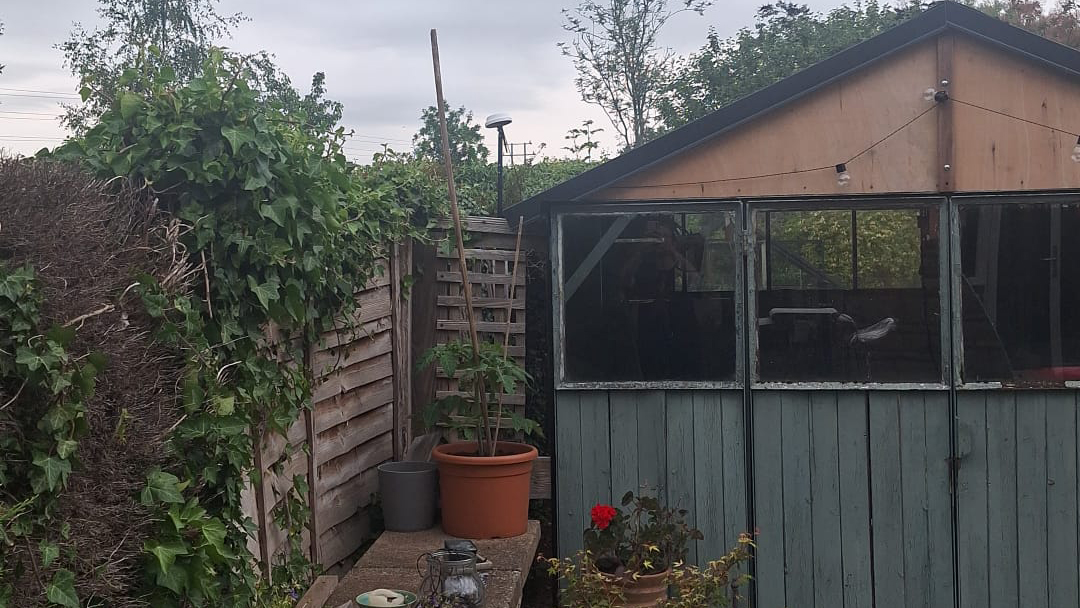
Unfortunately, option two is the superior choice if you want your lawnbot to work effectively. The RTK receiver relies on a direct line of sight to a range of satellites in the sky. That means it needs to be it in a lofty, fixed position with a wide view of the sky in a number of different directions, without things like trees and structures looming above it.
While attaching the RTK receiver to your home (or, in my case, the wooden side of a freestanding garage) is a bit of a job, putting it in the lawn is trickier than it initially seems, too. The receiver requires a power source, which limits where it can go, and you also need to be sure the bot isn't going to mow over its own power cable when it's in place.
2. Your charge dock needs a good, fixed position
Separate from the RTK receiver, the lawnbot has a charge dock, which is where it returns to charge its batteries. Finding a good, fixed spot for the charge dock to live is surprisingly difficult.
The ground needs to be flat and hard. It needs to be in a position from which the lawnbot can access the bits of grass that require cutting. It needs to be relatively near a power outlet, and positioned so that it won't mow its own charge cable. It may or may not need to be within reach of the house Wi-Fi (I'm still investigating this part). And because the bot needs to have a direct line of sight to at least some satellites while it's docked, it can't go under a shelter or tucked away between structures. Long story short, I have yet to find anywhere that works in my test yard.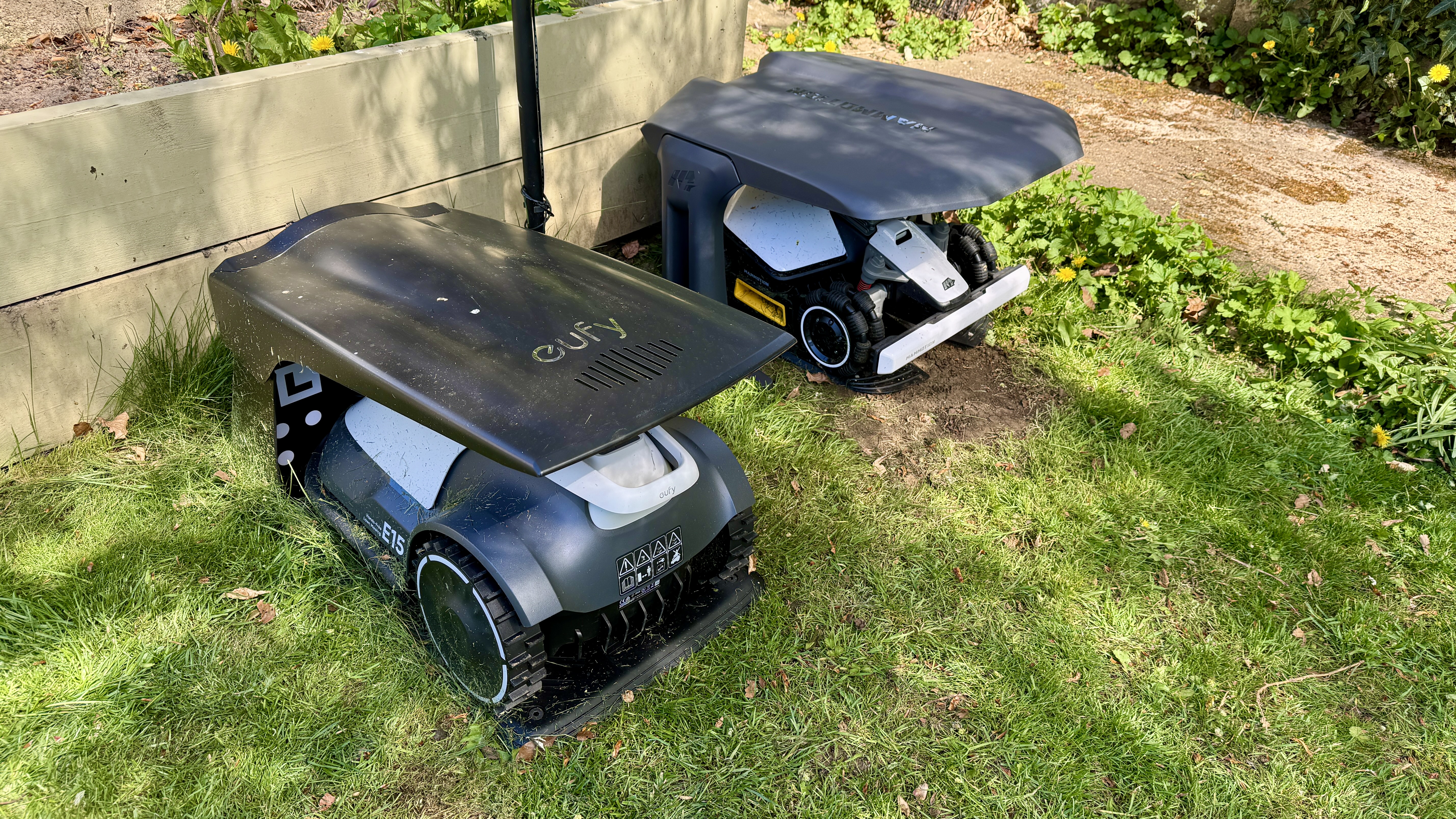
Initially, I tried the charge station on a concreted area by the back door, but in this spot, the robot kept telling me the dock had been moved and it couldn't find its way back to it. I think that's because on concrete it's impossible (or, at least difficult) to attach the charge station to the ground, and the dock was shifting about a bit when the lawnbot was being remote controlled / placed in and out.
3. Yards are full of unexpected obstacles
Since beginning my setup process, I've been struck by how many unexpected obstacles have made themselves known. The lawnbot has become tangled in the netting over fruit plants. It digs itself into a trench whenever it's asked to make its way over a pathway of – admittedly quite deep – pebbles. The less precise mapping and positioning has knock-on effects too: there's a grassy pathway that's perhaps two lawnbots wide that my review model refuses to mow because it's too narrow. I've also had to leave a chunky border along the edge of a shallow brook that runs along the side of the yard, for fear the lawnbot might try to take a dip.
None of these things are particularly surprising, and I don't think they represent failings on the part of the lawnbot either. But I would urge you to take a moment to consider the layout of your yard, and what might pose a challenge, before purchasing one of these.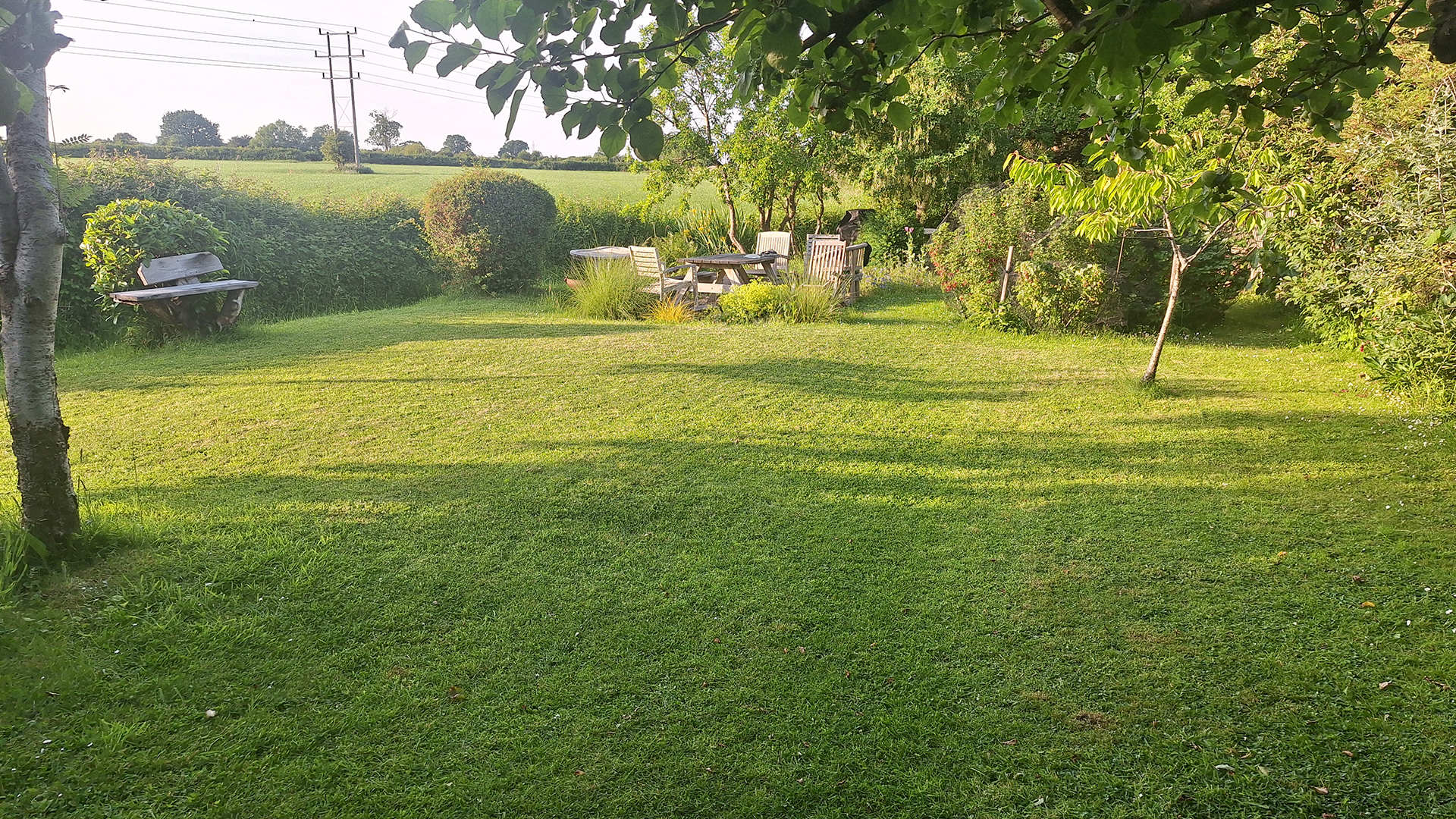
Is it worth it?
At time of writing, I've got to the point where the lawnbot will happily mow two unusually shaped lawn areas in my test yard, but it won't return to its dock without help. Even getting this far has been a challenge, and I'd be lying if I said I hadn't considered chucking it into the neighbor's pond and being done with it. But at this point I'm actually feeling quite positive about the technology.
You see, the Mammotion just does such a good job of mowing the lawn. The results are neat and it doesn't miss any spots, and it will even amble up and down relatively steep inclines without complaining. It's so much less effort than doing it manually. I don't even mind having to remote-control it over the narrow strips that it refuses to map, because it's still something I can do from my phone, while sitting on a deck lounger.
If I can find somewhere for the dock to live, so I don't need to remote control or carry the bot to and from its base, I'll be very happy with it indeed. And maybe at that point, I will forget the pain of getting it set up.
You might also like...
- Read our full Mammotion LUBA 2 review for a closer look at a sister bot
- Here's more on how robot lawn mowers work
- Should I buy a robot lawn mower? Here are the pros and cons


